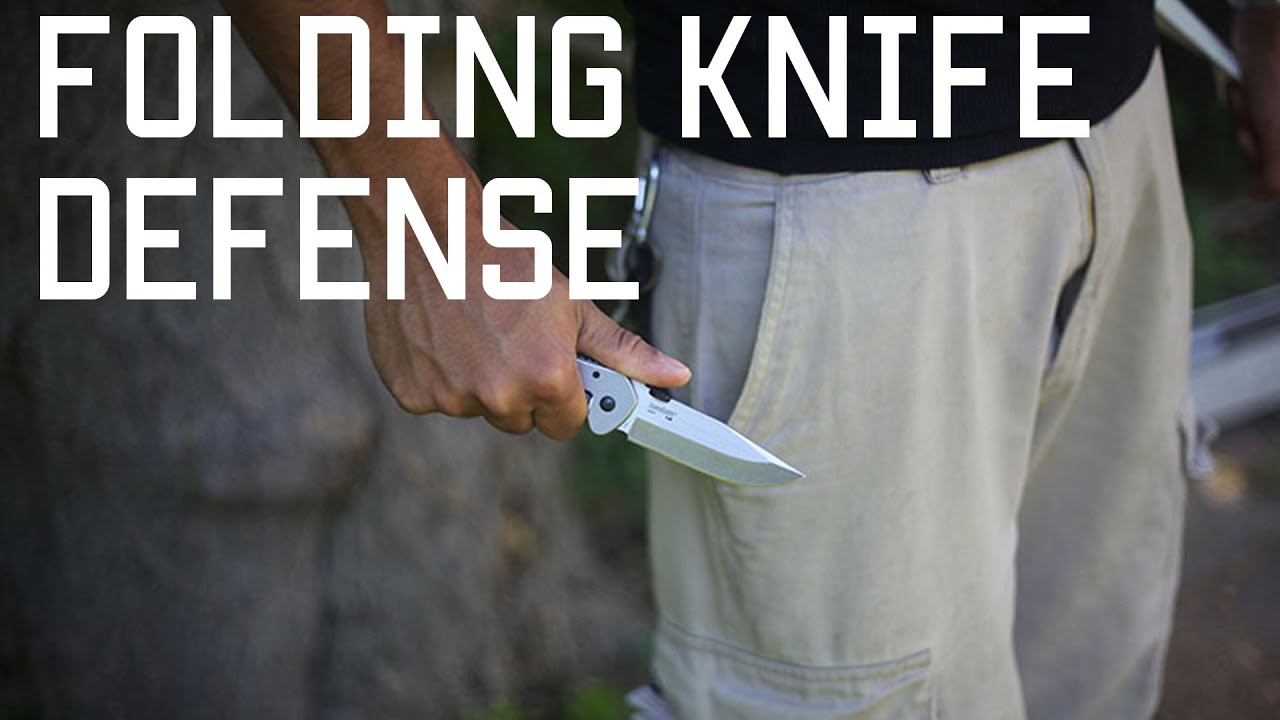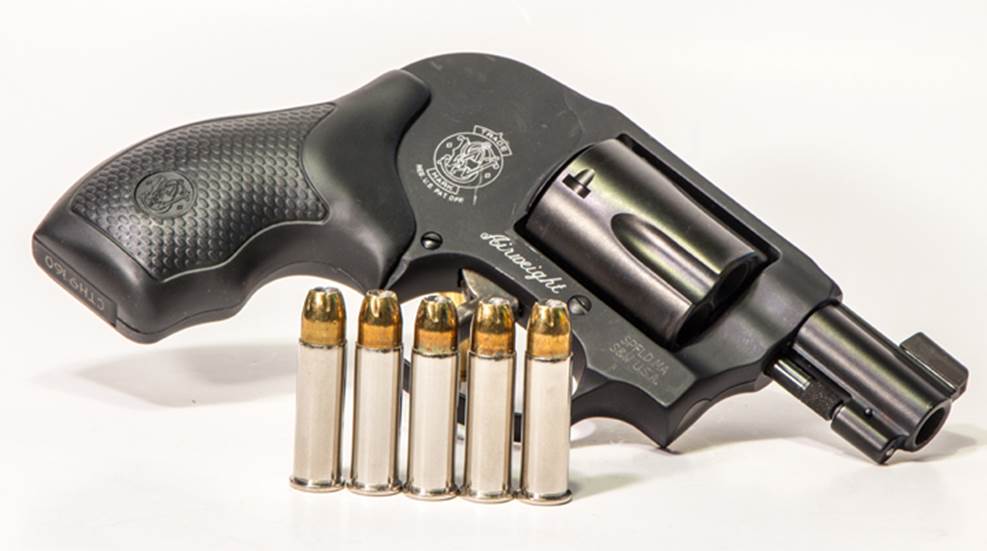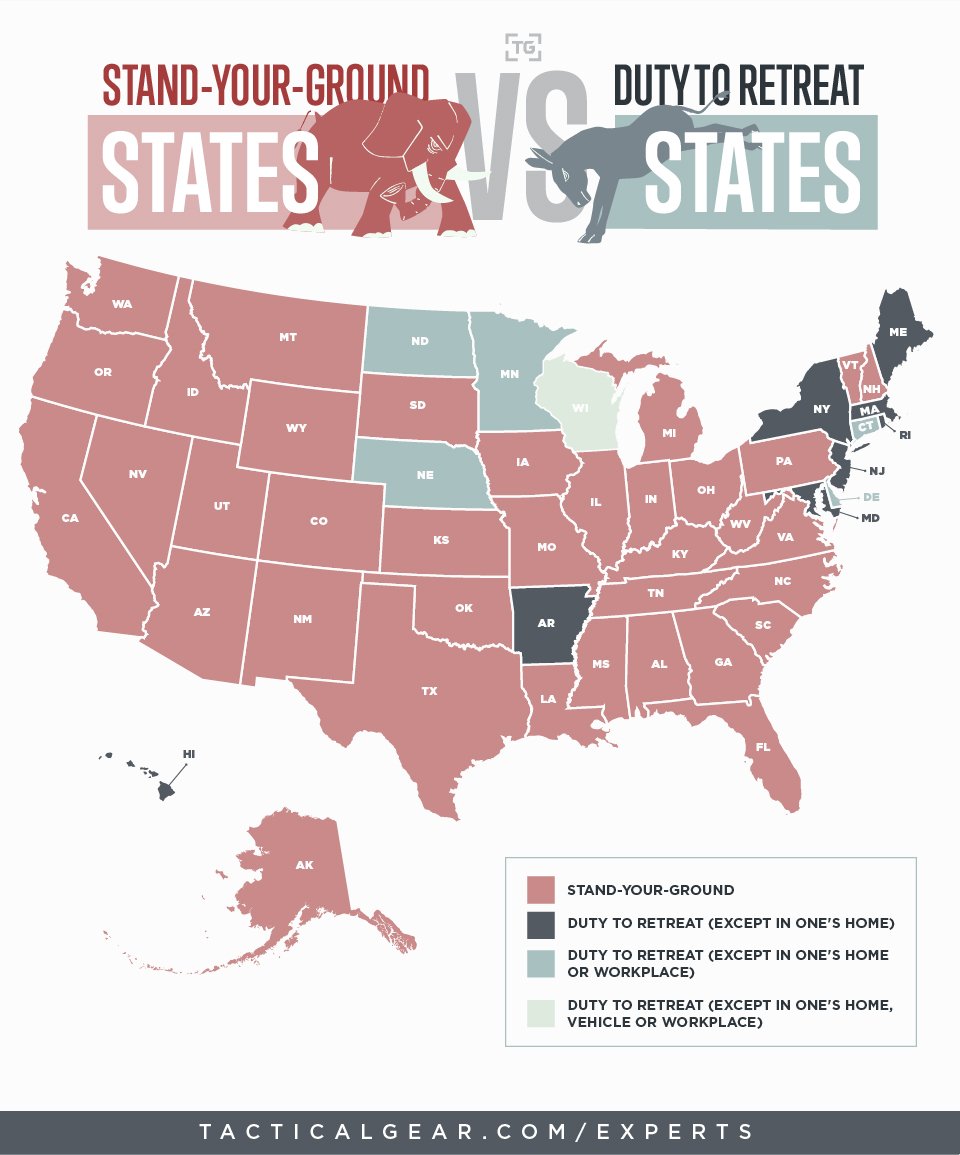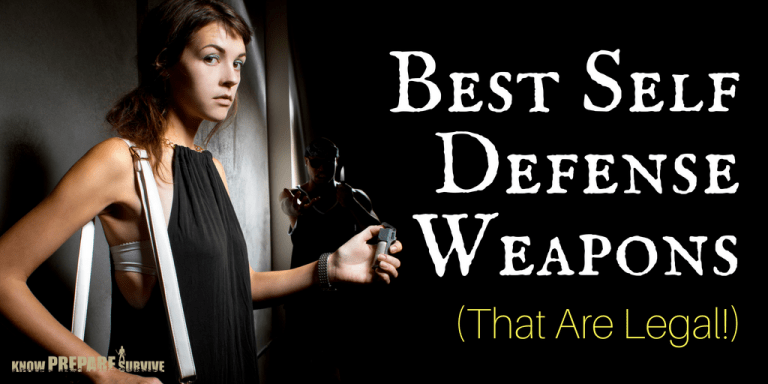How to Use a Knife for Self-Defense

Choose the Right Knife:

- Select a knife with a fixed blade and a sturdy handle.
- The blade should be at least 3 inches long and made of a durable material like stainless steel.
- Avoid knives with serrated edges or excessive ornamentation, as these can hinder your ability to effectively defend yourself.
Learn Basic Knife Handling Techniques:

- Familiarize yourself with the different parts of the knife, including the blade, handle, and guard.
- Practice basic knife grips, such as the forward grip, reverse grip, and hammer grip.
- Learn how to properly hold the knife in your hand and maintain a secure grip.
Master Basic Knife Strikes:
- Learn fundamental knife strikes, such as the forward thrust, reverse thrust, and side slash.
- Practice these strikes on a training dummy or a piece of cardboard.
- Focus on developing accuracy, speed, and power in your strikes.
Develop Defensive Techniques:
- Learn how to block and evade attacks with the knife.
- Practice using the knife to control your opponent’s movements and create opportunities for counterattacks.
- Incorporate footwork and body positioning into your defensive strategy.
Understand Legal and Ethical Considerations:
- Familiarize yourself with the local laws regarding the use of knives for self-defense.
- Understand the legal and ethical implications of using a knife in a self-defense situation.
- Learn how to avoid unnecessary escalation of force and only use the knife as a last resort.
Practice Regularly:
- Regular practice is crucial for developing proficiency in knife self-defense.
- Practice with a training partner or instructor to simulate real-life scenarios.
- Focus on refining your techniques, improving your speed and accuracy.
Develop Situational Awareness:
- Be aware of your surroundings and potential threats.
- Avoid dangerous situations and try to de-escalate conflicts whenever possible.
- If a physical confrontation is unavoidable, maintain a calm and collected demeanor.
Seek Professional Training:
- Consider taking knife self-defense classes from a reputable instructor.
- Professional training can provide you with a structured learning environment and help you develop advanced techniques.
- Training under the guidance of an experienced instructor can significantly enhance your self-defense skills.
Carry the Knife Responsibly:
- If you choose to carry a knife for self-defense, do so responsibly.
- Follow local laws and regulations regarding the carrying of knives in public.
- Conceal the knife securely and avoid brandishing it in a threatening manner.
Be Prepared to Explain Your Actions:
- If you ever use a knife in self-defense, be prepared to explain your actions to law enforcement and legal authorities.
- Cooperate with any investigations and provide a clear and accurate account of the events leading up to the use of force.






